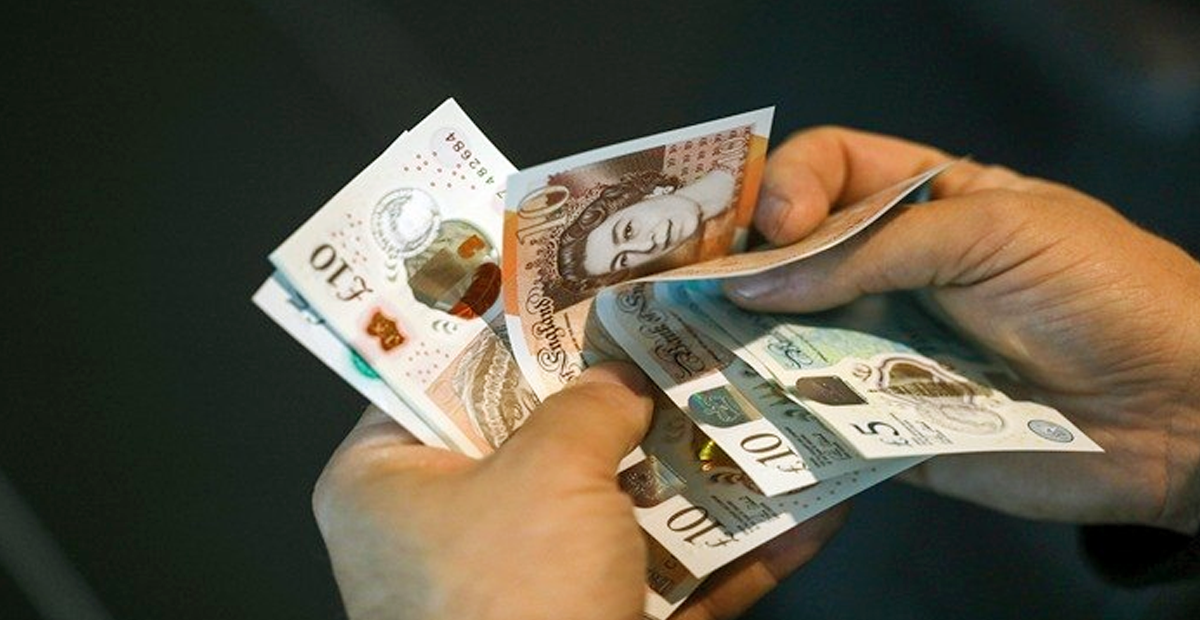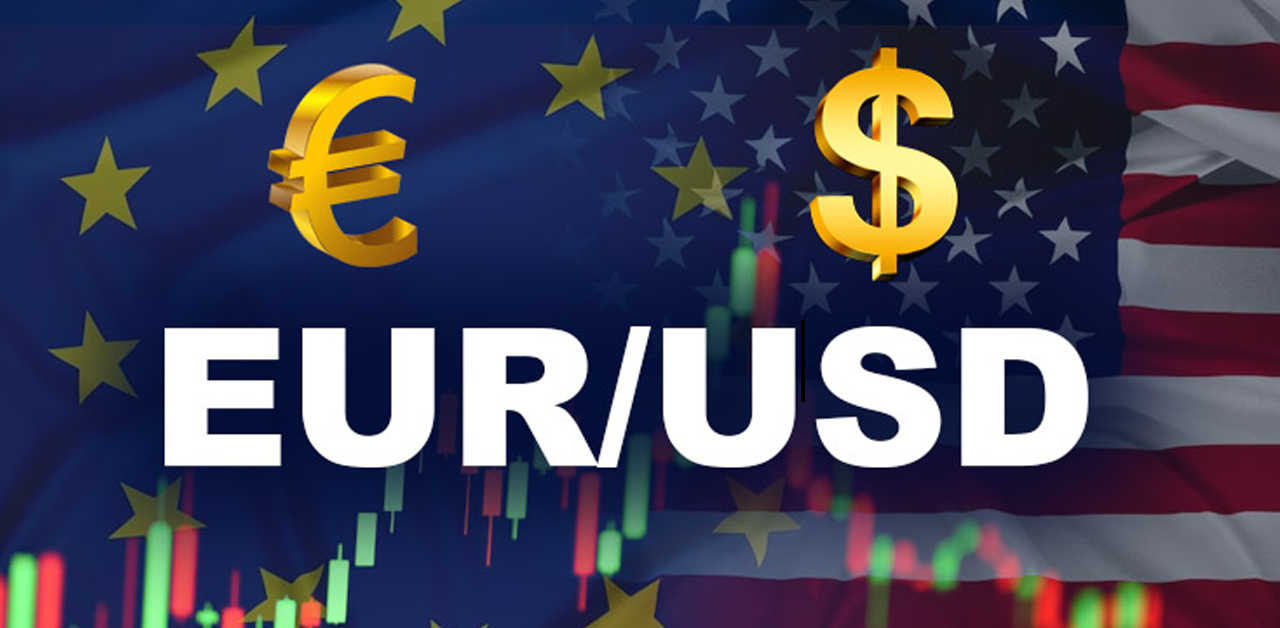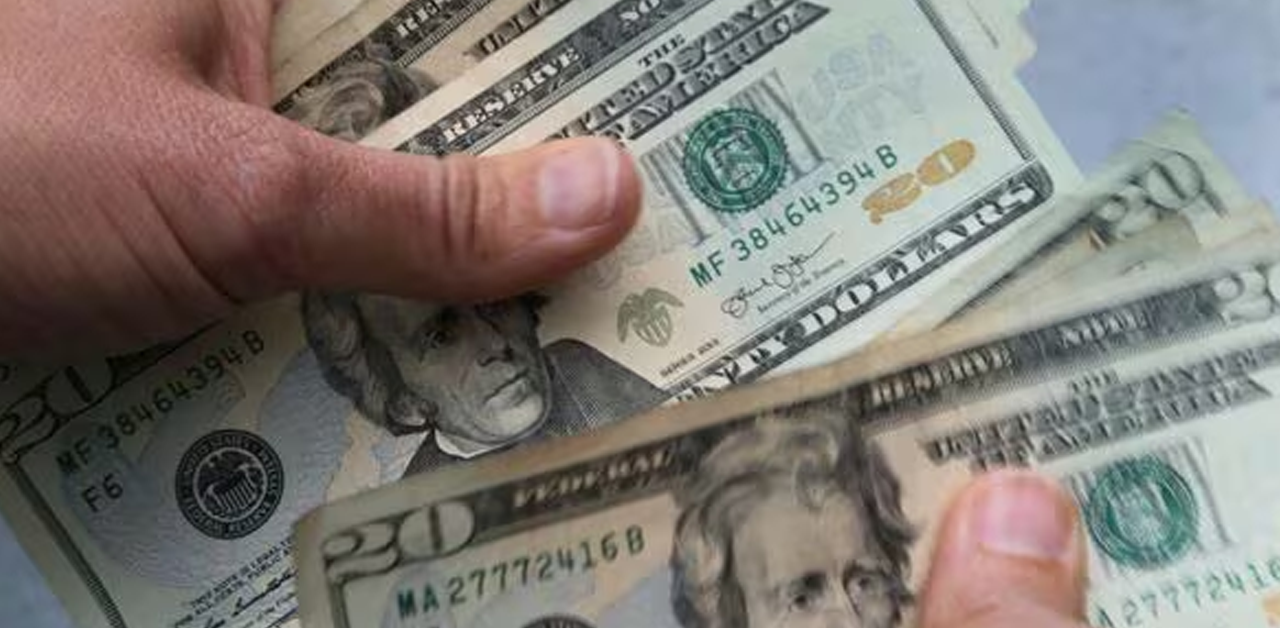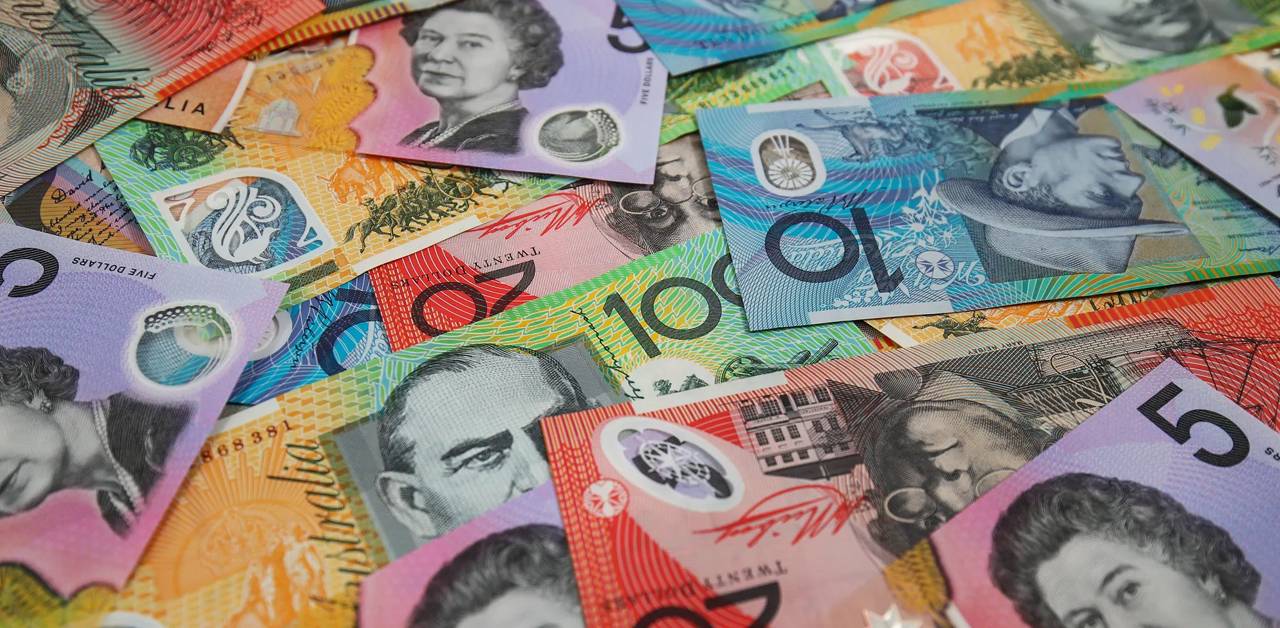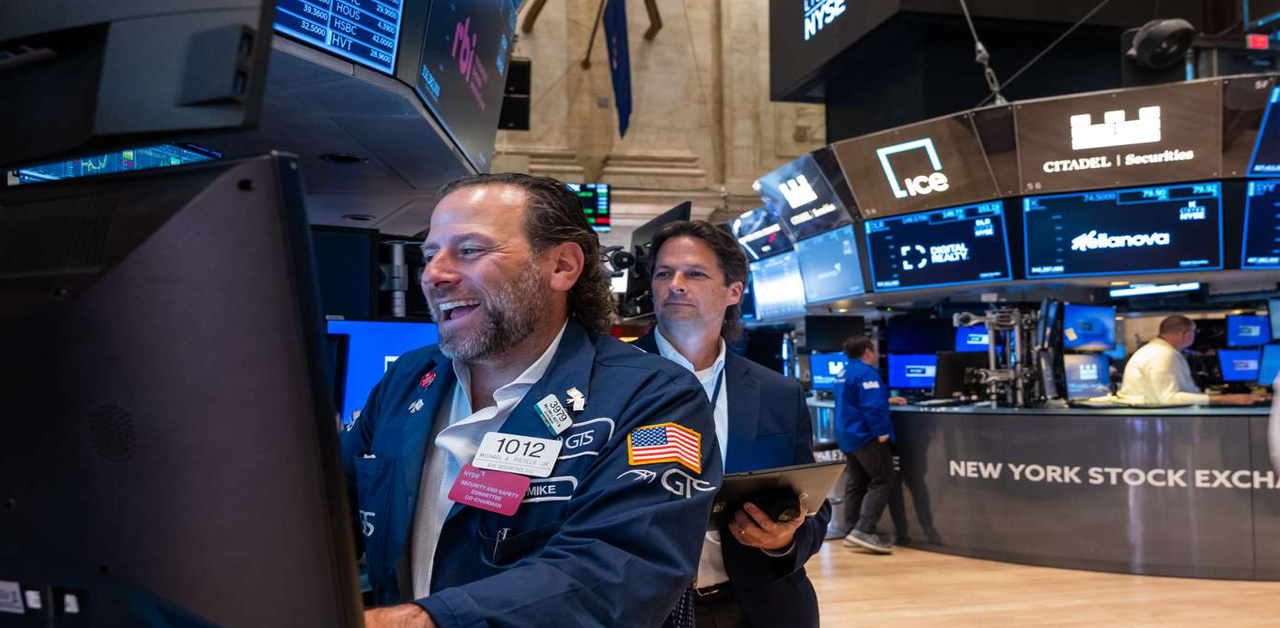GBP/USD Stays Above 1.2500 Ahead of Tuesday’s UK Labor Data
During Monday’s Asian trading session, the GBP/USD pair saw an uptick, reaching close to 1.2520, influenced by a surge in risk appetite. This rise was supported by unexpectedly strong UK Gross Domestic Product (GDP) data released on Friday, indicating that the UK economy grew by 0.6% in the first quarter. This growth rate, the highest in over two years, marked the end of a brief recession and exceeded forecasts.
Despite this positive economic momentum, the British Pound faced headwinds following dovish comments from Huw Pill, the Chief Economist at the Bank of England (BoE). Although the BoE’s Monetary Policy Committee (MPC) held interest rates steady at 5.25% last Thursday, Pill suggested that rate cuts might be on the horizon, reflecting a growing inclination among some MPC members.
Looking ahead, market focus will shift to the upcoming UK labor market data due on Tuesday. Analysts are anticipating the Claimant Count Change to reveal a rise in jobless claims for April. Moreover, the International Labour Organization (ILO) Unemployment Rate for the three-month period is expected to show an uptick in unemployment, adding another layer of complexity to the economic outlook.
On the other side of the Atlantic, investors in the United States are gearing up for a week filled with significant economic reports that could influence market dynamics. Key indicators to watch include the Consumer Price Index (CPI), Producer Price Index (PPI), and Retail Sales data. These figures will provide further insights into the economic environment and potential policy responses from the Federal Reserve.
Meanwhile, the US Dollar faced challenges last Friday following the release of the University of Michigan Consumer Sentiment Index, which unexpectedly fell to a six-month low of 67.4 in May from 77.2 in April, significantly below the forecasted 76. This decline in consumer confidence could have adverse implications for consumer spending and economic growth.
However, the losses in the US Dollar were somewhat mitigated by a rise in inflation expectations. The one-year inflation outlook increased to 3.5%, its highest level in six months, up from 3.2% in April. Furthermore, the five-year inflation forecast also edged higher to 3.1%, suggesting sustained inflationary pressures. These inflation expectations contributed to a slight advance in US Treasury yields, which may offer some support to the US Dollar moving forward.
As both economies brace for more data, the interplay between economic indicators and central bank policies will continue to be a key driver of the GBP/USD exchange rate.

